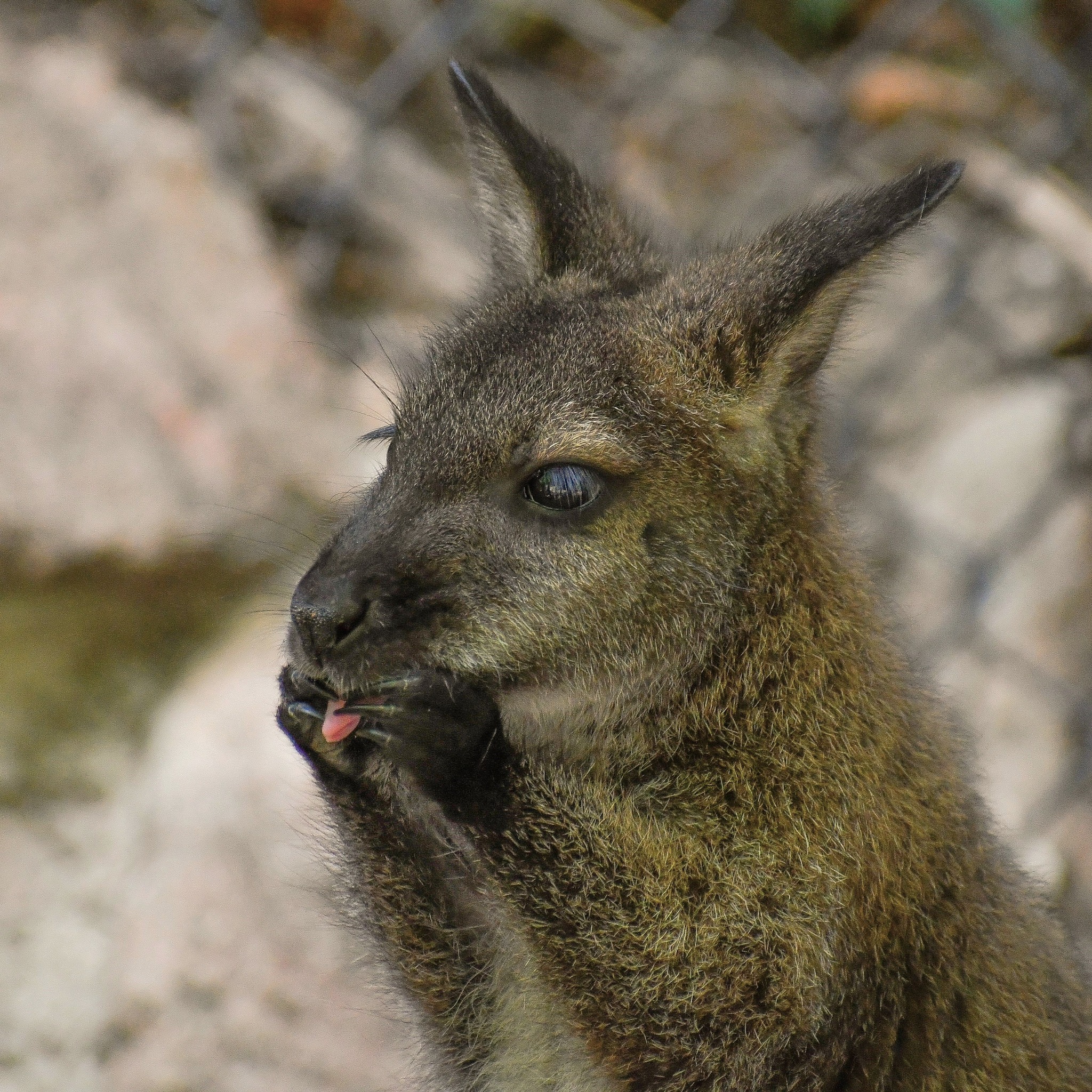- Introduction to Acacia and Her Significance in Zoology
- The Lifecycle and Behavior of Acacia
- Zoo Management Strategies for Acacia
- Conservation Efforts for Acacia and Their Impact
- Current Mood and Emotional States: Observations and Implications
Acacia represents the intricate web of life that binds our ecosystems. Known for their strength and adaptability, species under this genus play essential roles in their habitats. This article provides detailed insights into Acacia, focusing on her environmental and conservational significance, behavior, zoo management strategies, and mood observations.
Acacia, a collective term often used in the context of certain animal species or plant genera, refers to a zoo-dwelling individual who fascinates zoologists and conservationists. Understanding her role and impact within her ecosystem is paramount. We will unravel the lifecycle and behavior that intrigues her to experts.
The lifecycle of Acacia is a balanced dance of survival, adaptation, and interaction. From birth, Acacia’s behaviors are influenced by genetics, environmental factors, and interactions with other species. Acacia might interact with various fauna and flora in the wild, forming symbiotic relationships crucial for mutual survival. Zoologists study these aspects meticulously, employing tools like behavioral analysis, spatial monitoring, and genetic studies to grasp the full picture.
In captivity, managing Acacia requires a comprehensive understanding of her natural habits and psychological needs. Zoo management involves creating environments that mirror her natural habitat as closely as possible. This includes physical aspects, like plant life and landscape, as well as social structures and activities that stimulate Acacia mentally and physically. Enclosures must be spacious and enriched with elements that encourage natural behaviors.
Feeding regimes are another critical component. Acacia’s diet should be nutritionally balanced and diverse, reflecting her natural foraging patterns. Keepers must be vigilant about dietary changes, signaling health or emotional fluctuations. Veterinary care is equally pivotal, with routine health checks and preventative measures to ensure Acacia remains in prime condition.
Conservation efforts for species like Acacia are increasingly vital in today’s world of declining biodiversity. In situ conservation involves protecting natural habitats, combating poaching, and running breeding programs. Ex-situ conservation, which includes zoos, focuses on educating the public, conducting research, and maintaining genetic diversity. Both approaches aim to give species like Acacia a fighting chance against extinction.
Public education through zoos plays a significant role in wildlife conservation. By raising awareness about the intricacies of species like Acacia, zoos inspire visitors to contribute to conservation efforts. Educational programs, guided tours, and interactive displays about animals’ lifecycles, habitats, and threats they face help inculcate a sense of responsibility and urgency.
Current mood: Acacia signifies an intriguing aspect of animal welfare in zoo environments – zoo inhabitants’ emotional and psychological states. Observations of Acacia’s current mood can provide critical information about her well-being. Behavioral changes can indicate stress, contentment, or distress, often linked to zoo environmental factors.
Monitoring Acacia’s mood involves observing her interactions, vocalizations, feeding habits, and overall activity levels. Changes in these behaviors can lead to adjustments in her care plan. For example, an active and engaged Acacia typically signifies good health and a stimulating environment, while lethargy or excessive agitation may prompt a review of her habitat or social dynamics.
The emotional well-being of animals like Acacia is increasingly recognized as an important aspect of their overall health. Enclosures that offer variety and challenge tend to enhance their psychological states. Enrichment programs that replicate natural foraging, hunting, or social activities can significantly improve an animal’s mood and reduce stress-induced behaviors.
In conclusion, Acacia exemplifies the delicate balance in wildlife management and conservation. By delving into her lifecycle, behavior, zoo management techniques, and conservation efforts, it becomes clear how multifaceted and essential her role is. Attention to her current mood and emotional state provides invaluable insights, ensuring Acacia’s quality of life and, by extension, the success of broader conservation initiatives. This comprehensive approach underlines the importance of maintaining biodiversity, promoting animal welfare, and fostering a harmonious coexistence with our natural world.
*****
Source Description
Current mood: with Acacia!


